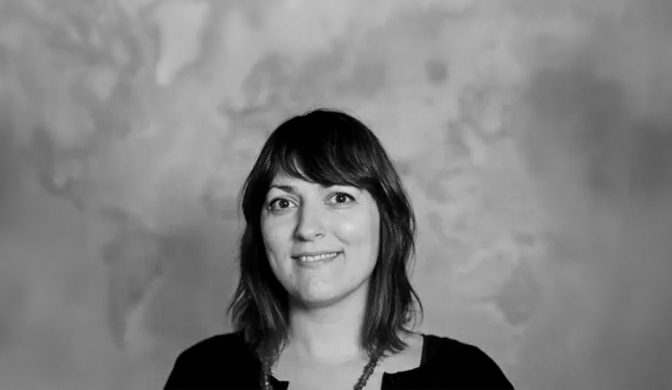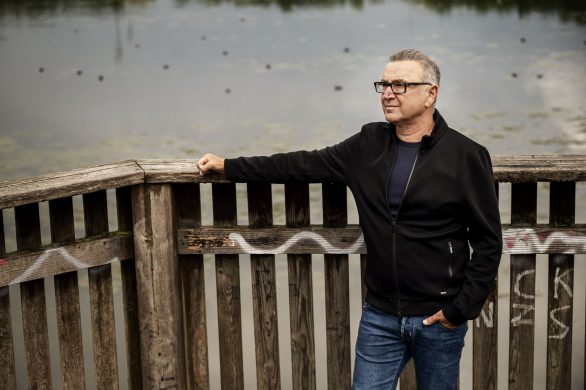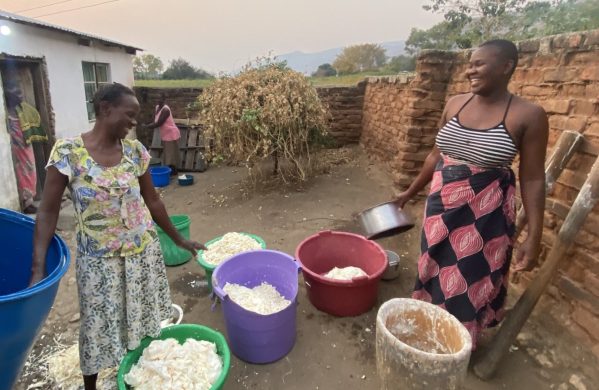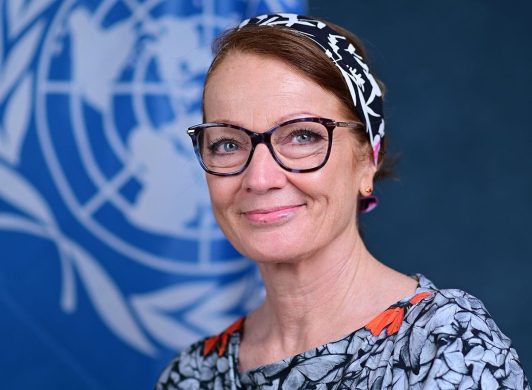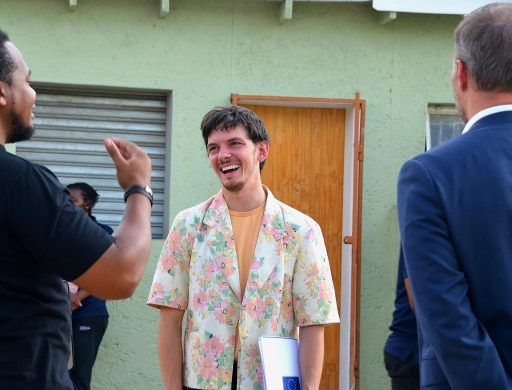De første har mange års erfaring og penge, de sidste kender de lokale forhold bedst, når katastrofen rammer i form af orkaner, jordskælv eller oversvømmelser – dette dilemma belyser et nyt studie over fire nylige humanitære katastrofer.
LONDON, 13 November 2013 (IRIN): In a humanitarian crisis, should aid agencies be working through local partners? Does it make their aid more effective, making better value for money? Or are they better off just doing it themselves?
A new survey on partnering in emergencies, entitled “Missed Opportunities”, looks at the benefits (fordele), but also some of the challenges of working through local partners.
The study draws on the experience of the five major agencies which commissioned it (Christian Aid, CAFOD, Oxfam, Tearfund and ActionAid) and their partners in the field – normally local NGOs – in four recent emergencies.
Namely the conflict in North Kivu (DR Congo), the earthquake in Haiti, the food crisis in East Africa and the floods in Pakistan.
Big NGOs may be doing OK, but sometimes small is better
The biggest benefit found, perhaps not surprisingly, was in increasing the relevance and appropriateness of their aid, an area where big international agencies sometimes struggle.
Partners are much more likely to know what people need and who the priority beneficiaries (modtagere) should be. Because they speak the language and come from the same culture, they spot things that might otherwise be overlooked.
One example cited in the study comes from Haiti, where a local NGO partner set up communal kitchens (folkekøkkener), because they knew how little space the displaced people had for cooking, and how dangerous lots of small fires could be in a tented camp under plastic sheeting.
Partners can also improve the speed of response. They do not have to fly in from the other side of the world, but are already there when there is a sudden emergency, and can work in situations which would be difficult for outsiders, whether for political reasons, as in Burma, or for security reasons, as in Somalia.
But their staff do not always have the skills that are needed, and the first days of an emergency are not the moment to start training them. And they do not normally get included in coordination mechanisms like the UN’s cluster system.
Are the South-partners really cheaper?
Then there is the question of whether they are cheaper.
Ben Ramalingam, who was the lead author of the study, says:
“This is a big issue, especially in the UK with its strong value-for-money agenda. Yes, they can show cost savings, especially on staff costs and the cost of putting boots on the ground. But there are also costs to doing partnerships, costs associated with setting them up and supporting them.”
This was one of the issues raised at a meeting to discuss the study at London’s Overseas Development Institute.
It is a sore (ømt) point that donors are keen to see more use of partners because they are seen as providing good value, but investing in partnerships usually has to be paid for out of agencies’ own resources. It is not something which is budgeted for when funds are given in response to humanitarian crises.
But the UK Department of International Development’s head of humanitarian response, Dylan Winder, said he accepted that you needed to invest in capacity before the event, and his department might be sympathetic to requests for this kind of funding.
“DFID (det britiske Danida, red.) does not really have the staff to engage in partnerships itself with lots of small organizations,” he said, adding:
“But if you can show that supporting partnerships would be value for money, I do not see why DFID would not be prepared to fund it. We are up for the challenge of how to do this effectively.”
Who to partner with?
Læs videre på
http://www.irinnews.org/report/99115/foreign-aid-workers-and-local-ngos-mending-the-relationship



